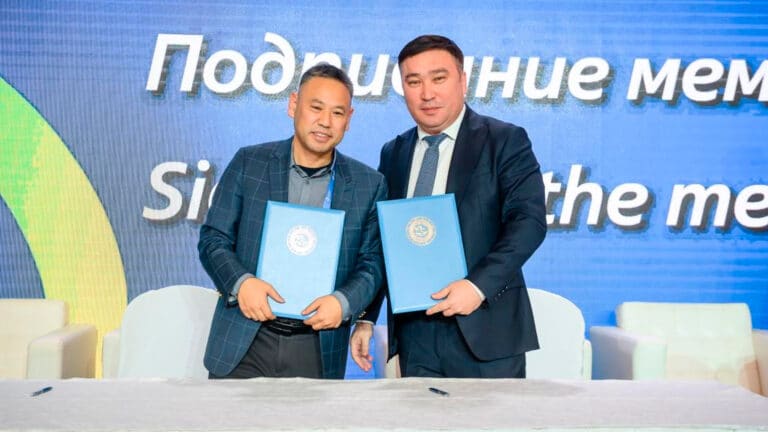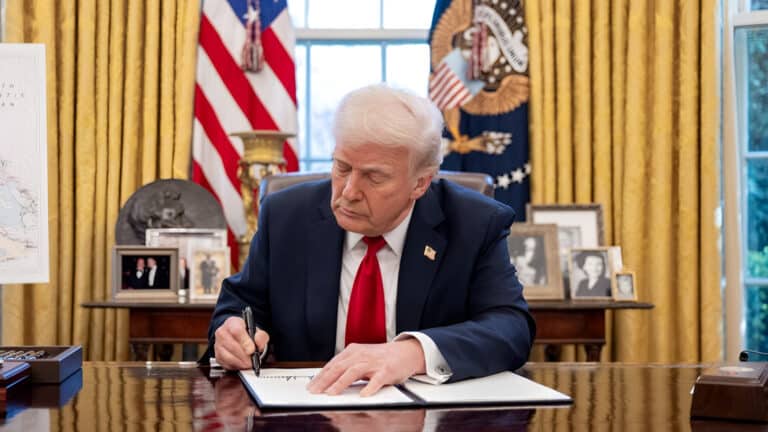
The National Bank of Kazakhstan has revealed its plan to reduce the share of gold in its reserves to 50%–55% by the end of 2024. As of the end of August, gold accounted for 54.9% ($23.4 billion) of the regulator’s gross reserves of $42.66 billion.
Last year, the National Bank reported gold net sales at 120 tons. At the same time, the regulator acquired 65.5 tons of gold from local producers under its priority right, resulting in a reduction of the gold reserves from 58.4% to 54.2% year-on-year by the end of December 2023. Gross international reserves consist of monetary gold and assets in freely convertible currency. As of the year’s end, the monetary gold volume reached $19.5 billion, while gross external reserves were at $35.9 billion.
Over twelve months, starting from August 2023, the share of gold in the regulator’s reserves saw ups and downs, fluctuating from 53.6% to 59.1%. Even though there was no strict correlation between the physical amount of gold and its share in the reserves, these two indicators correlated during seven out of twelve months (from September through July).
Meanwhile, the second constituent of the gross reserves, assets in freely convertible currency, were falling in August and September 2023 and in February and March 2024.
The National Bank acquired four tons of gold in March and six tons in April. After that, it began selling the metal, reducing its reserves by six tons in June, followed by another net reduction of four tons in July.
«By reducing the share of gold, we aim to increase liquidity while maintaining the preservation and profitability of the gold reserves,» the National Bank explained.
Over the first eight months of 2024, the regulator expanded its reserves of refined gold by 44 tons in the domestic market. At the same time, the National Bank sold around 50 tons of unallocated gold (bars with no markings) on the external market.
The National Bank has the priority right to replenish its precious metal assets. The regulator acquires refined gold from local producers and legal entities who obtain it after the processing procedure.













